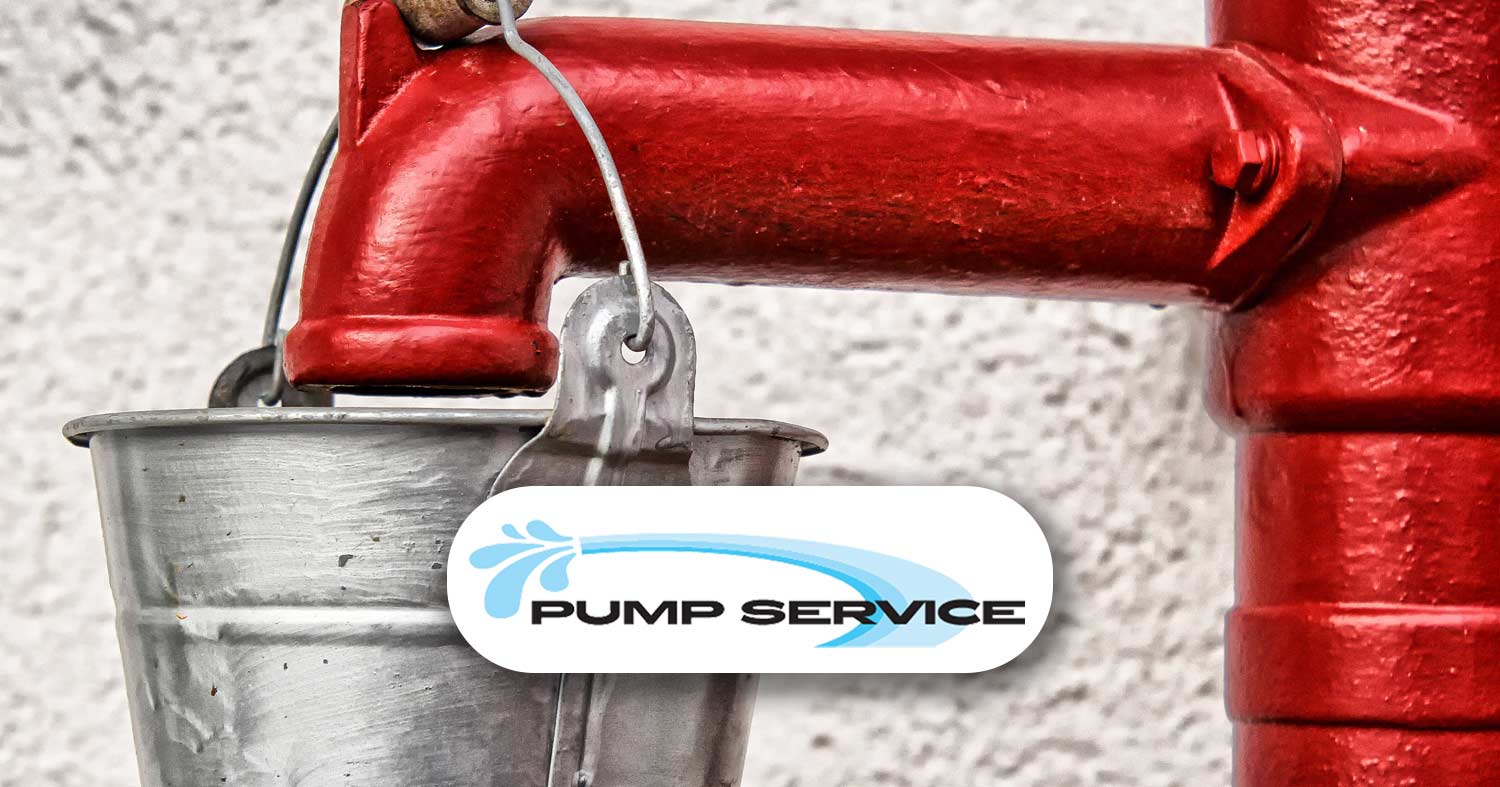
23 Jul Altitude and Your Water Pump
Many people fail to realize that altitude can have both a direct and an indirect impact on how effectively and efficiently a water pump works. By understanding how altitude affects your water pump, you will be better able to set it up and use it in the way that gets the most effective use.
Effects of Higher Altitudes
In higher altitudes, oxygen thins out and becomes less dense. As a result, there is less pressure. The lower the atmospheric pressure, the harder it is for your pump to do its job. Not only will it have to work harder to pump water from one location to another, but it will also be unable to pump the water as far. A lack of pressure also results in a reduction in suction power. Overall, you can expect a reduction in the maximum total dynamic head if you are in a higher altitude. At 10,000 feet, for example, a pump rated with 10-foot suction power will actually have only 5.7-feet. At a less severe 2,000 feet, this same pump would provide about 8.8-feet of suction lift.
Higher altitudes also have a negative impact on fuel efficiency. Due to the thinner air, both gas and diesel engines burn more fuel at higher elevations. Gas and diesel engines also lose anywhere from 3 to 3.5 percent of their power for every 1,000 feet above sea level that you gain.
Addressing Issues Related to Altitude
To accommodate for the loss of pressure created at higher elevations, you can place the water pump closer to the liquid source. The closer it is located to the source, the less distance it has to travel when trying to draw water from its sources. To address issues related to fuel efficiency, you may wish to use a water pump with an electric engine.

Sorry, the comment form is closed at this time.